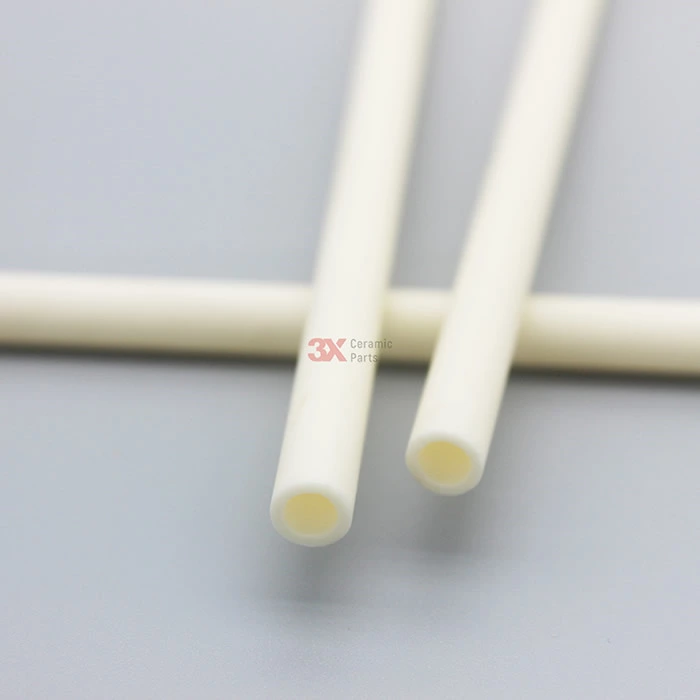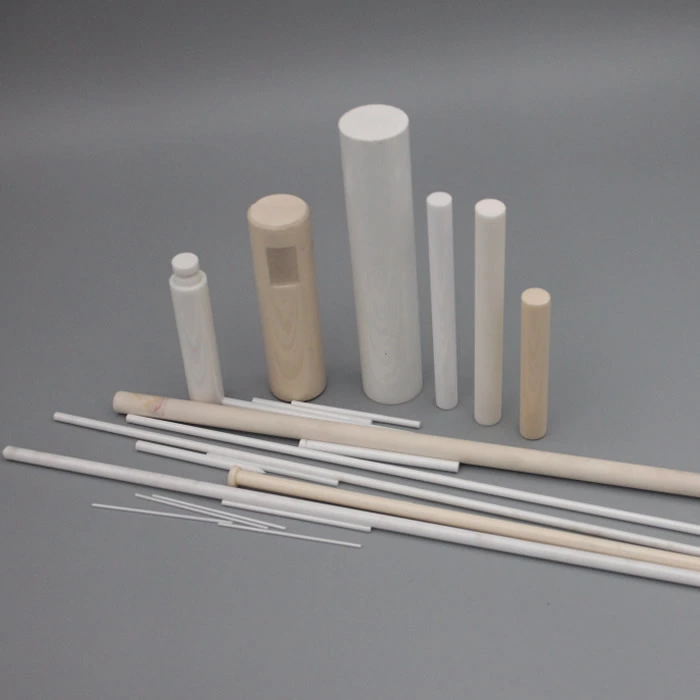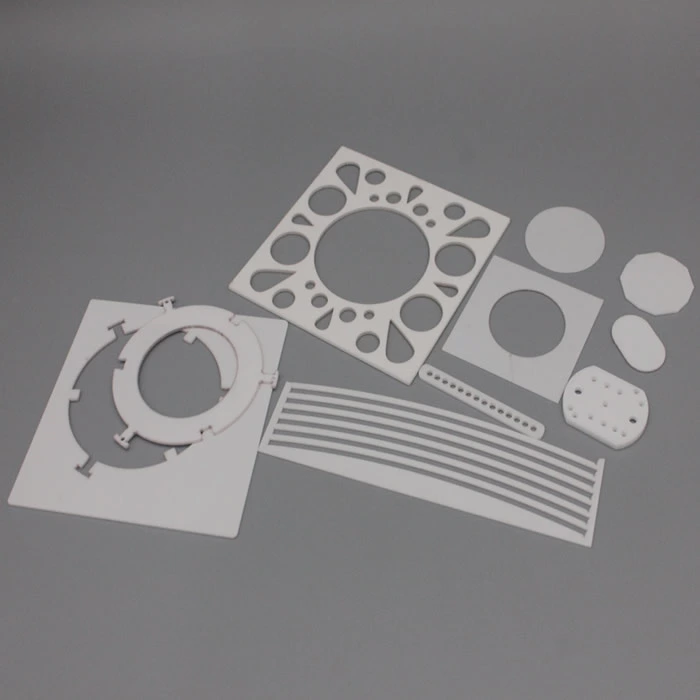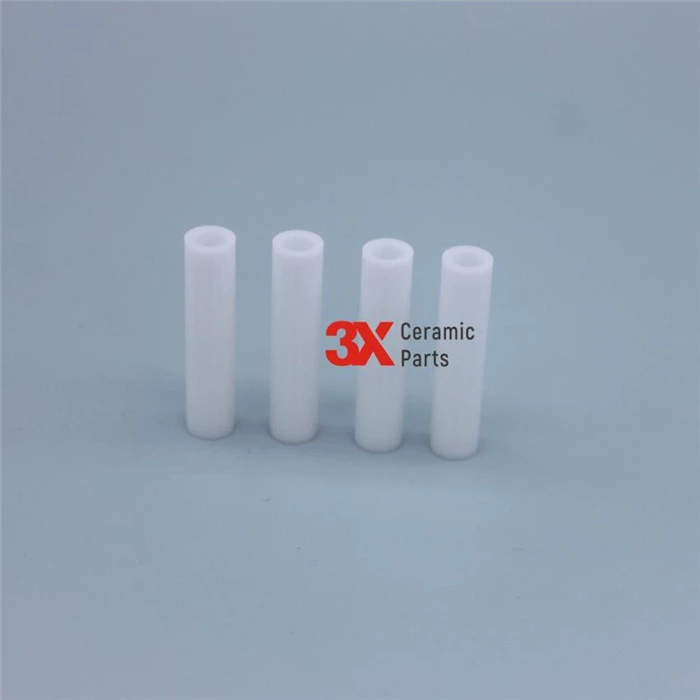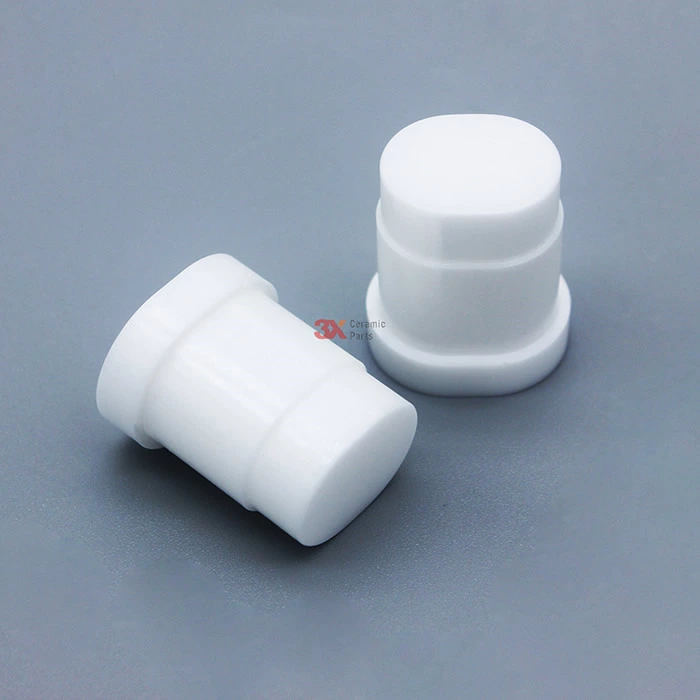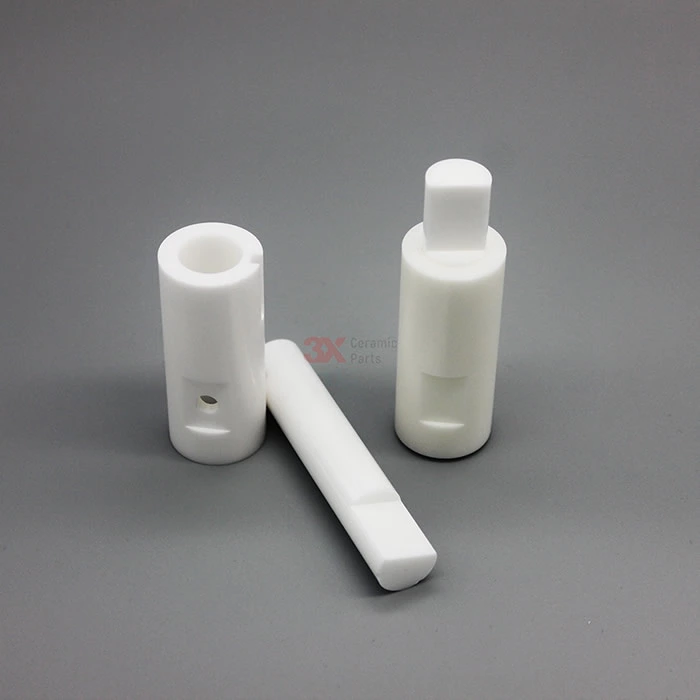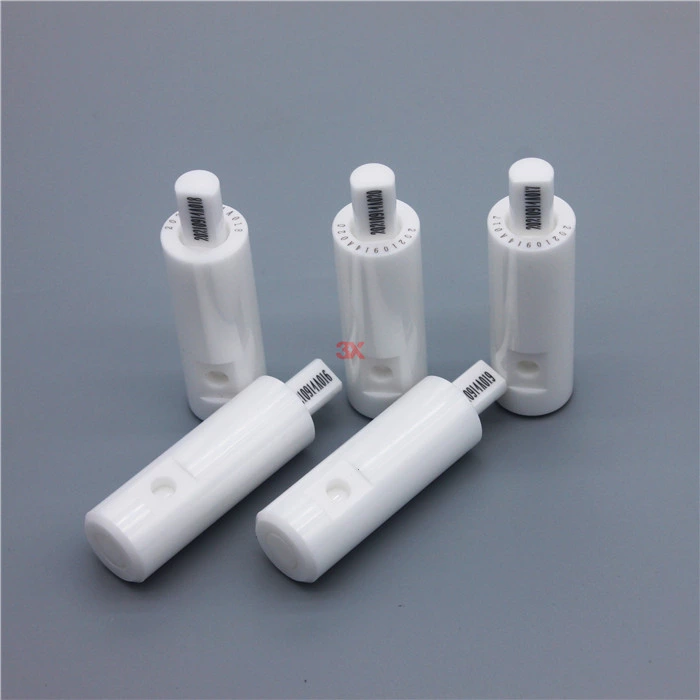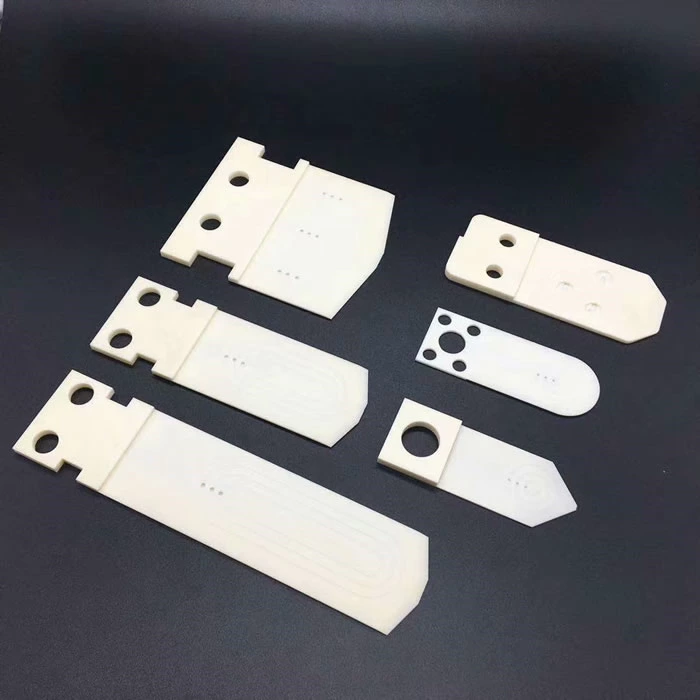114x114x0.34mm Si3N4 Silicon Nitride Substrate Plate
- Brand Name
- 3X Ceramic Parts
- Material Type
- silicon nitride
- Forming Way
- slip casting
- MOQ
- 5 piece
- Specification
- 100x100x0.3 ~ 0.6 mm
- Shape
- square substrate
- Hardness
- ≥14.2 Gpa
- Density
- 3.18 g/cm3
- Thermal Conductivity
- ≥85 W (m,k)
- Flexural Strength
- 700 ~ 800 Mpa
114x114x0.34mm Si3N4 Silicon Nitride Substrate Plate
The power conductive terminal of IGBT module for electric vehicles needs to carry hundreds of amperes of high current, which has high requirements for conductivity and thermal conductivity. In the on-board environment, it also has to bear certain vibration and impact force, and the mechanical strength is required to be high. In recent years, Si3N4 ceramic substrate is considered as the ceramic material with the best comprehensive performance because of its high hardness, high mechanical strength, good high temperature resistance and thermal stability, low dielectric constant and dielectric loss, wear resistance, corrosion resistance and other excellent properties. It is favored in IGBT module packaging and gradually replaces Al2O3 and AlN ceramic substrates.
Performance advantages of silicon nitride ceramic substrate
At present, the ceramic materials used in the market mainly include aluminum nitride, aluminum oxide and silicon nitride. Compared with alumina and aluminum nitride, silicon nitride ceramics have more excellent mechanical properties; At the same time, it also has high thermal conductivity, excellent thermal radiation and thermal cycling. Using silicon nitride ceramics as the substrate can ensure that the circuit board has large deflection, breaking strength, thermal shock resistance and thermal conductivity, so as to ensure the reliability of high-power modules in the use process. The excellent performance makes silicon nitride an excellent electronic packaging substrate.
Silicon nitride ceramic substrate is more suitable for applications with high mechanical vibration, thermal shock, current shock and high reliability and stability requirements, such as aerospace, rail transit, electric vehicles, photovoltaic inverter, smart grid, etc.
Research status of silicon nitride ceramic substrate
Silicon nitride ceramic substrate has attracted the attention of many domestic and foreign scholars and research institutions because of its excellent performance. Kitayama et al. Found in 2000 that the diffusion of oxygen into Si3N4 lattice has a great influence on its thermal conductivity, so the low oxygen content is the key to improve the thermal conductivity of silicon nitride ceramics.
In recent years, the thermal conductivity of silicon nitride ceramics prepared by Shanghai Silicate Research Institute and Tsinghua university can reach about 154w · M-1 · k-1, which is also attributed to the use of silicon nitride powder raw materials with low oxygen content. However, the preparation method of high-quality silicon nitride powder is relatively complex and the cost is high, which greatly limits the industrialization research of silicon nitride powder directly preparing silicon nitride ceramic substrate.
However, silicon nitride ceramics with a thermal conductivity of 177w · M-1 · k-1 by nitriding silicon powder. In addition, with the development of solar energy technology, the preparation technology of high-purity silicon powder has also been very mature, and the oxygen content of the powder can be controlled at a low level. Therefore, using high-purity silicon powder to prepare silicon nitride ceramic substrate has gradually become a feasible way.
In order to further reduce costs and improve performance, direct nitriding sintering of high-purity silicon powder after tape casting is recognized as a more reasonable low-cost technical route by the industry.
However, the reaction between silicon and nitrogen is an exothermic reaction process. Due to the large amount of heat generated in the reaction process, it is easy to cause the melting of silicon (molten silicon). Moreover, due to the large size of the ceramic substrate (greater than 100mm × 100mm), the thickness is thin (about 0.32mm), and if the pure silicon powder is not controlled properly in the nitriding process, the "molten silicon" will appear, which is more likely to lead to the deformation and cracking of the silicon nitride ceramic substrate with sheet characteristics. In order to realize faster nitridation, avoid the phenomenon of molten silicon and ensure the high quality rate of silicon nitride ceramic substrate, we can find suitable additives through the research of catalysts and sintering additives. On the other hand, we can also adopt the method of silicon powder combined with silicon nitride powder to prepare silicon nitride. Due to the large amount of exothermic nitridation of silicon powder, silicon nitride is added to the silicon powder as a diluent, which not only inhibits the molten silicon, but also promotes the nitridation of silicon powder.


